Office Clearance in Waste Recycling
Understanding Office Clearance
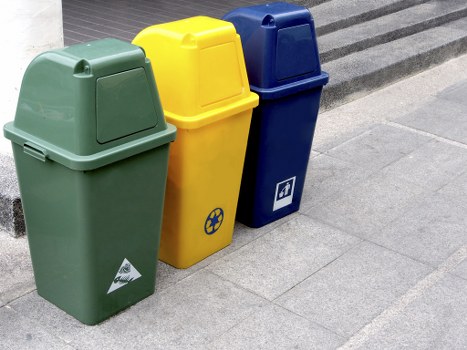
Office clearance is a critical process for businesses undergoing relocation, renovation, or downsizing. It involves the systematic removal and disposal of office furniture, equipment, and other materials that are no longer needed. Efficient office clearance not only helps in maintaining a clutter-free workspace but also plays a significant role in waste recycling, contributing to environmental sustainability.
Proper office clearance requires careful planning and execution to ensure that items are disposed of responsibly. This includes sorting through items to identify those that can be reused, donated, or recycled, thereby minimizing the amount of waste that ends up in landfills.
By integrating waste recycling into office clearance, companies can reduce their environmental footprint, comply with regulations, and promote a culture of sustainability within their organization.
The Importance of Waste Recycling in Office Clearance
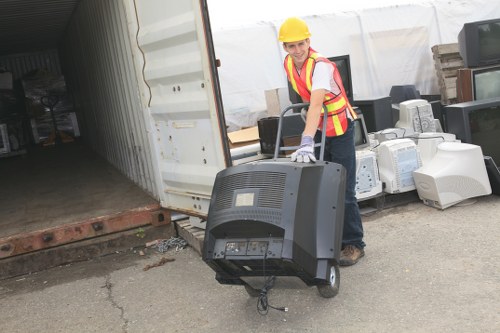
Waste recycling during office clearance is essential for several reasons. Firstly, it helps in conserving natural resources by reusing materials such as paper, metals, and plastics. This not only reduces the demand for raw materials but also lowers the energy consumption involved in manufacturing new products.
Secondly, recycling minimizes the environmental impact by decreasing greenhouse gas emissions and reducing pollution caused by waste disposal. By diverting waste from landfills, businesses can significantly lower their carbon footprint, contributing to global efforts against climate change.
Moreover, implementing waste recycling practices can enhance a company's reputation, showcasing its commitment to environmental responsibility. This can attract environmentally conscious customers and stakeholders, providing a competitive edge in the market.
Steps to Effective Office Clearance
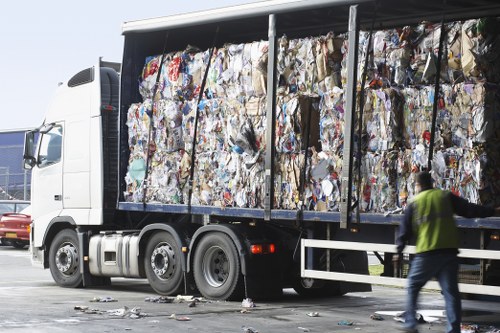
- Assessment: Begin by assessing the items that need to be cleared. Categorize them into reusable, recyclable, and non-recyclable materials.
- Planning: Develop a detailed plan outlining the clearance process, timelines, and resources required.
- Sorting: Separate items based on their disposal category. Ensure that recyclable materials are clean and sorted correctly to facilitate efficient recycling.
- Disposal: Arrange for the removal of non-recyclable waste through appropriate waste management services.
- Recycling: Partner with certified recycling companies to handle the recyclable materials, ensuring they are processed responsibly.
Following these steps ensures a streamlined office clearance process that prioritizes waste recycling and environmental sustainability.
Benefits of Integrating Waste Recycling
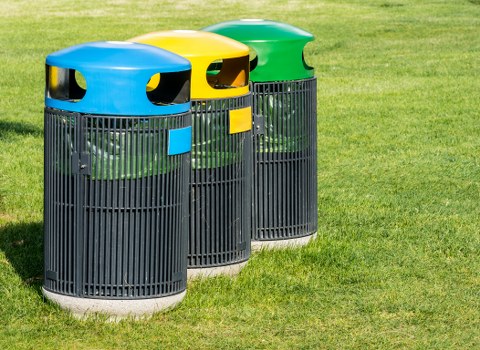
Integrating waste recycling into office clearance offers numerous benefits:
- Cost Savings: Reducing the amount of waste sent to landfills can lower disposal costs.
- Environmental Impact: Recycling conserves resources and reduces pollution.
- Regulatory Compliance: Adhering to waste management regulations helps avoid legal issues.
- Company Image: Demonstrates corporate responsibility and attracts eco-conscious clients.
- Employee Morale: Promotes a sense of environmental stewardship among employees.
These advantages highlight why businesses should prioritize waste recycling in their office clearance strategies.
Choosing the Right Office Clearance Service
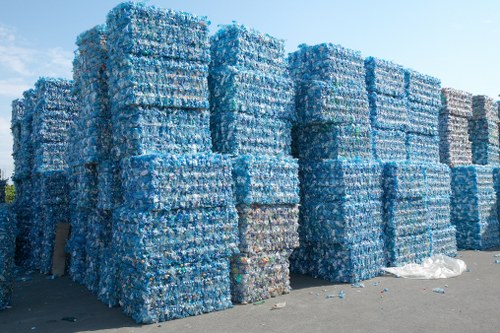
Selecting an appropriate office clearance service is crucial for effective waste recycling. Consider the following factors:
- Experience: Choose a company with a proven track record in office clearance and waste management.
- Certification: Ensure the service provider is certified and adheres to industry standards for recycling and disposal.
- Comprehensive Services: Opt for services that offer end-to-end solutions, including sorting, recycling, and safe disposal of waste.
- Environmental Commitment: Partner with companies that prioritize sustainability and have clear recycling policies.
- Customer Support: Reliable customer service ensures smooth coordination and timely clearance operations.
By carefully evaluating these aspects, businesses can engage a clearance service that aligns with their waste recycling goals.
Implementing a Sustainable Office Clearance Strategy
Developing Policies
Create comprehensive policies that outline the procedures for office clearance and waste recycling. These policies should include guidelines for sorting waste, selecting recyclable materials, and partnering with recycling services.
Employee Training
Educate employees about the importance of waste recycling and proper disposal methods. Regular training sessions can foster a culture of sustainability and ensure everyone participates in the office clearance process effectively.
Monitoring and Evaluation
Continuously monitor the clearance and recycling processes to identify areas for improvement. Evaluating the effectiveness of your strategies helps in making necessary adjustments to enhance sustainability practices.
Implementing a sustainable office clearance strategy not only benefits the environment but also contributes to the overall efficiency and reputation of the organization.
Case Studies: Successful Office Clearance in Waste Recycling
Many companies have successfully integrated waste recycling into their office clearance processes. For instance, a leading tech firm managed to recycle over 80% of its office waste by partnering with certified recycling services and implementing strict sorting protocols. This initiative not only reduced their environmental impact but also resulted in significant cost savings.
Another example is a multinational corporation that adopted a zero-waste policy during their office relocation. By meticulously planning their office clearance and emphasizing recycling, they minimized landfill waste and enhanced their corporate image as an environmentally responsible entity.
These case studies demonstrate the tangible benefits of incorporating waste recycling into office clearance, encouraging other businesses to follow suit.
Future Trends in Office Clearance and Waste Recycling
The landscape of office clearance and waste recycling is evolving with advancements in technology and increased environmental awareness. Future trends include:
- Automation: Utilizing automated systems for sorting and processing waste to improve efficiency.
- Circular Economy: Emphasizing the reuse and recycling of materials to create a closed-loop system.
- Green Certifications: Businesses seeking environmental certifications to enhance their sustainability credentials.
- Innovative Recycling Technologies: Developing new methods for recycling complex materials such as electronics and furniture.
- Remote Operations: Adapting office clearance processes to support remote and hybrid work environments.
Staying abreast of these trends will enable organizations to maintain effective and sustainable office clearance practices.
Conclusion
Office clearance in waste recycling is a vital component of modern business operations. By effectively managing the removal and recycling of office materials, companies can achieve significant environmental and financial benefits. Implementing a strategic approach to office clearance not only supports sustainability goals but also enhances organizational efficiency and reputation.
Embracing waste recycling during office clearance is a responsible choice that aligns with global efforts to protect the environment. Companies are encouraged to adopt these practices and contribute to a greener future.
Contact us today to learn more about how we can assist you in implementing effective office clearance and waste recycling solutions tailored to your business needs.